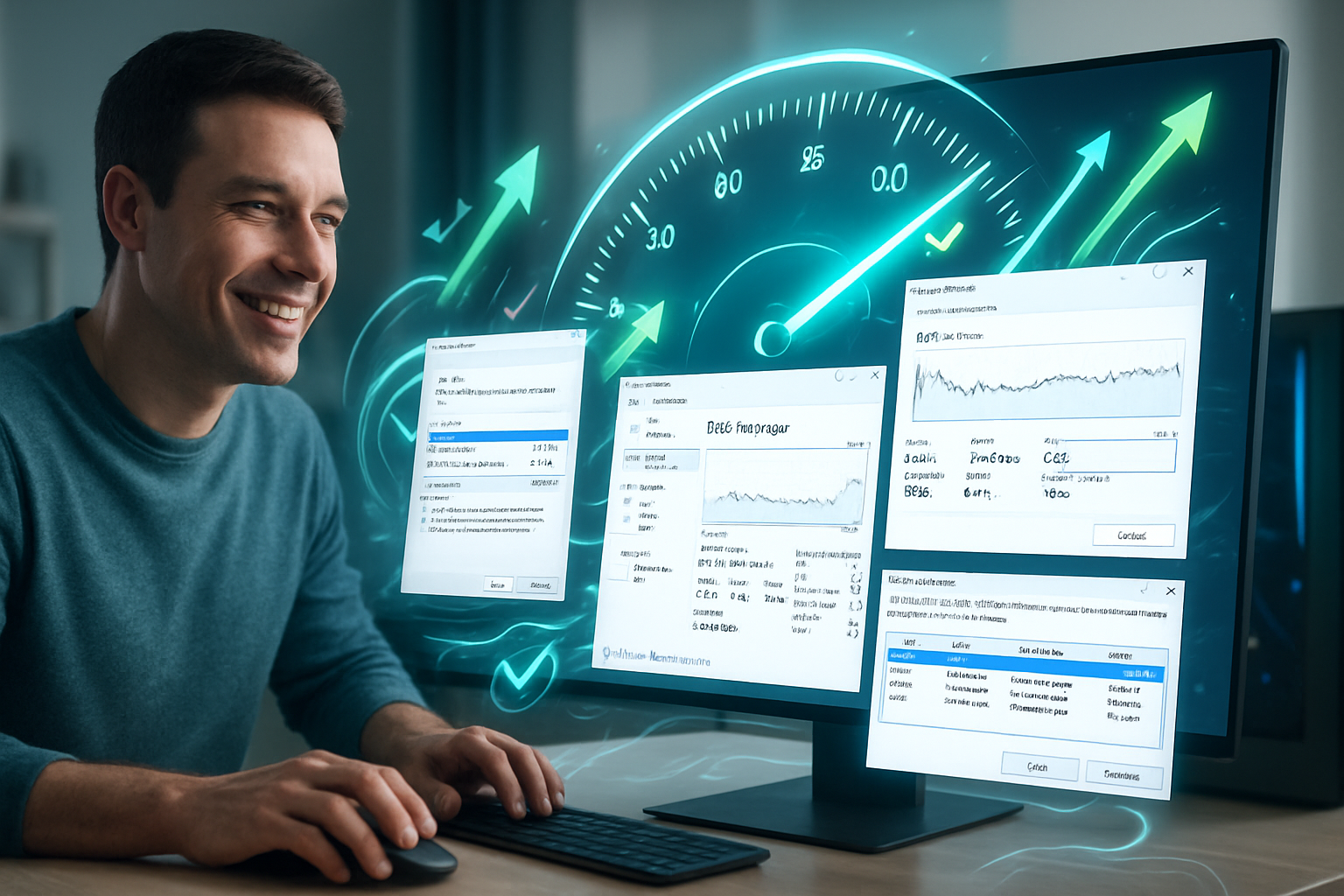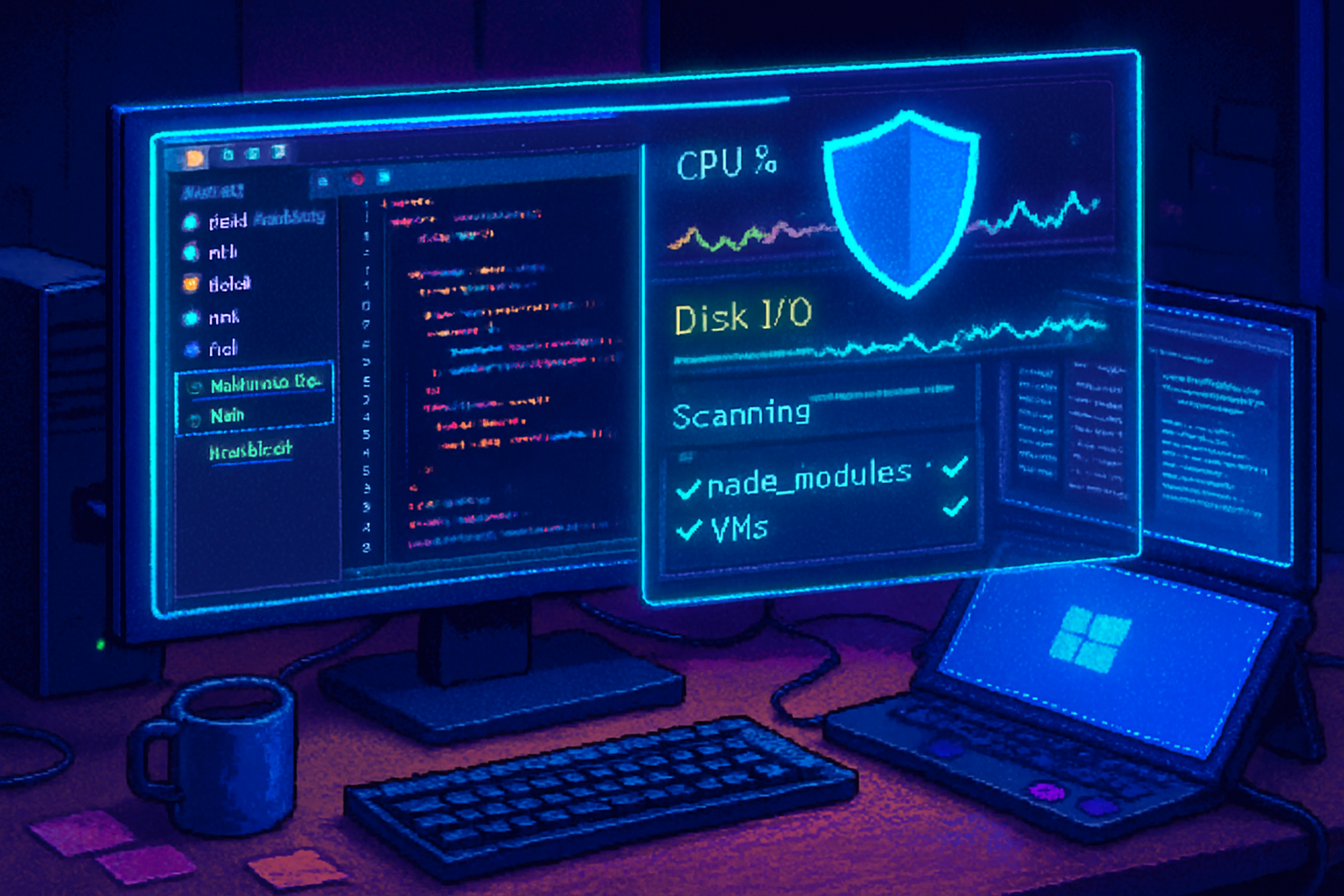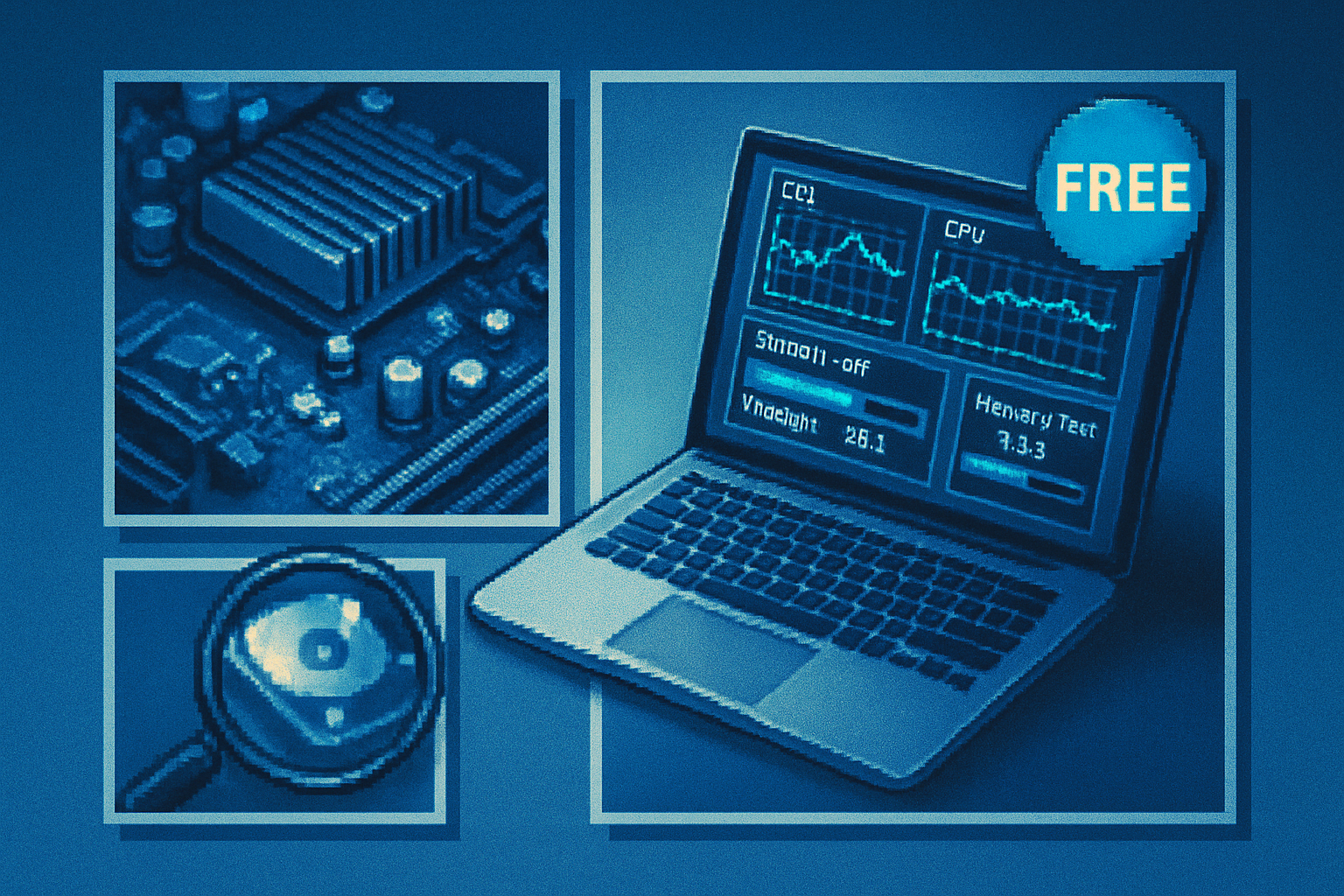· guides · 3 min read
10 Essential Tips to Speed Up Your Windows PC
Discover practical tips to optimize your Windows PC performance, from adjusting system settings to managing startup programs.

If you’ve noticed your Windows PC dragging its feet lately, you’re not alone. Many users face sluggishness due to a variety of factors. Thankfully, there are numerous ways to optimize your system for better performance. Here are ten essential tips to speed up your Windows PC.
1. Uninstall Unused Applications
Bloatware can take up valuable resources and slow down your system. Go through your installed programs and remove any that you no longer use. To uninstall applications, go to Control Panel > Programs > Uninstall a program.
2. Manage Startup Programs
Many programs start automatically when you boot up your PC, which can significantly slow down startup time. To manage these programs, press Ctrl + Shift + Esc to open Task Manager, then go to the Startup tab. Disable applications that you don’t need to launch at startup.
3. Optimize Your Hard Drive
A fragmented hard drive can slow down your system. Use the built-in Windows Defragment and Optimize Drives tool to rearrange fragmented data and improve access times. Navigate to Start > Windows Administrative Tools > Defragment and Optimize Drives.
4. Clean Up Disk Space
Using disk cleanup can free up valuable storage space by removing temporary files, system files, and more. To access this tool, search for Disk Cleanup in the Start menu and follow the prompts to clean your drive.
5. Update Your Drivers
Outdated drivers can hinder your computer’s performance. To update drivers, you can use Device Manager to check for updates. Right-click on each device and select Update driver to ensure everything runs smoothly.
6. Limit Visual Effects
Windows includes many visual effects that can consume resources. To speed up your PC, go to Control Panel > System and Security > System > Advanced system settings. Under the Performance section, select Settings and choose Adjust for best performance.
7. Disable Background Apps
Background applications can use up resources even when you are not actively using them. To manage which apps run in the background, go to Settings > Privacy > Background apps and turn off unnecessary applications.
8. Increase Virtual Memory
If you’re running out of RAM, increasing the virtual memory allocation can help. Go to the Advanced tab under Performance Options, select Change under Virtual Memory, and adjust the settings according to your system’s needs.
9. Scan for Malware
Malware can significantly impact your system’s performance. Regularly running a malware scan with Windows Defender or a trusted third-party antivirus program can help keep your PC healthy and fast.
10. Upgrade Hardware Components
If you’ve tried everything and your PC is still slow, consider upgrading components such as adding more RAM or swapping out an HDD for an SSD. SSDs can drastically improve load times and overall system responsiveness.
By implementing these tips, you can breathe new life into your Windows PC, making it faster and more efficient. Regular maintenance can prevent issues and keep your machine running smoothly. Happy optimizing!
For more insights on how to maintain your Windows PC, check out resources from Microsoft and Lifewire.


